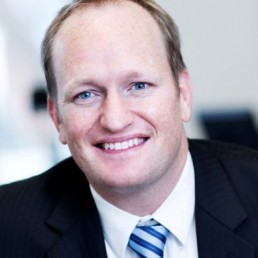To take their digital transformation strategies to scale, European organizations are now addressing the modernization of their core enterprise IT systems because business processes and customer experience are so dependent on them. SAP has triggered an acceleration of the discussion around ERP modernization by issuing a deadline of 2025 by which its customers will run out of support for ECC and will need to have migrated to S/4HANA.
To understand how customers are reacting to the deadline and how they are tackling the need to modernize their ERP estate, IDC has conducted a series of interviews with customers, partners, and SAP executives over the past few months. Here are five key learnings from the interviews:
- The maturity of the SAP landscape is somewhat overestimated. Most customers are focusing on standardizing and consolidating multiple instances and versions of their SAP applications — so larger-scale transformations are further out on the horizon.
- 2025 is just a number. Some CIOs are using it to their advantage, sparking a discussion with their LOB owners of where the value from ERP application modernization is going to come from; others are not too focused on it, and still others are ignoring it entirely, betting on SAP extending support beyond the 2025 deadline.
- Lack of decision guidance on adoption strategy. While there is a lot of information out there on technical migration paths (e.g., brownfield, greenfield, and selective data transitions), more time needs to be spent on the adoption strategy for all customers. This includes understanding the benefit, risk, and value of moving key modules, processes, and geographies to S/4HANA with a focus on defining the associated business outcomes. For many customers, S/4HANA is a high-risk/low-priority project with unclear business value.
- Choose the right systems integrator partner. S/4HANA migration needs to happen iteratively. If an SI partner comes in with a proposal for a multiyear, big-ticket transformation project, ask them to break it up into smaller agile projects. The new world requires a staged approach to delivering ERP capabilities with a laser focus on time to value.
- The hyperscale cloud impact. While organizations look to modernize the core, they also need to deliver innovation, which will drive their differentiation. This innovation will increasingly come from the hyperscale cloud platforms — we see SAP S/4HANA migrations as a key trigger point for multicloud environments because of the geographic spread. We believe that the choice of the right cloud platform is critical to deliver innovation and differentiation around the core.
We are now launching a research stream that looks deeper into the impact that the proposed S/4HANA migration has on customers, systems integrators, hyperscalers, channel partners, and IT infrastructure vendors. We will be sharing results from our latest European survey of 218 SAP customers and size the market opportunity based on our tracker products. Stay tuned!
Listen to the podcast here: SAP S/4HANA Migration #1
Watch the video here: SAP S/4HANA Migration – 5 Key Learnings
If you want to learn more about this topic or have any questions, please contact Thomas Meyer or Philip Carter, or head over to https://www.idc.com/eu and drop your details in the form on the top right.


